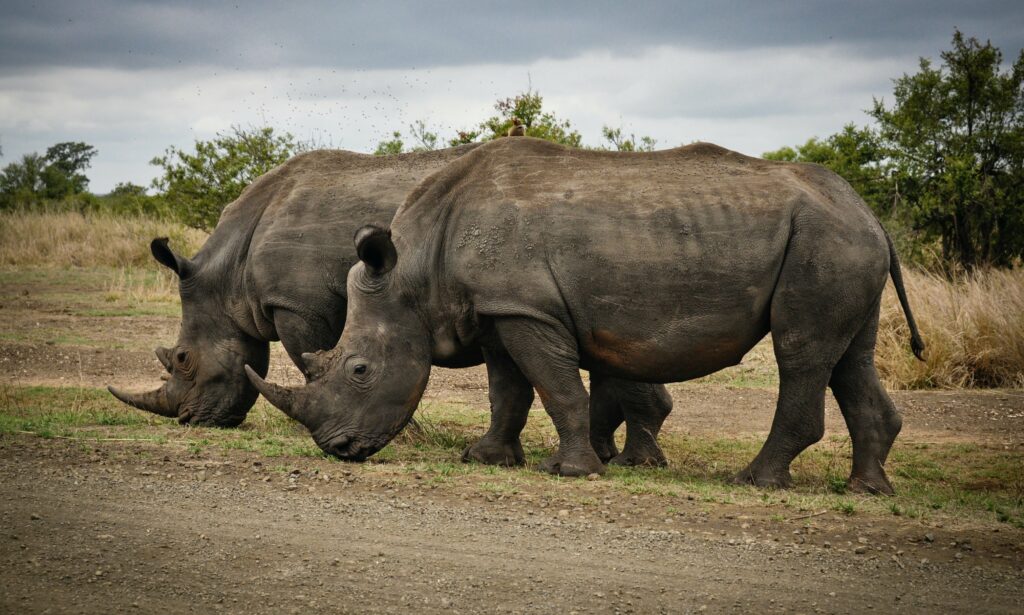
If the global average temperature will increase by 2°C by 2100, as the experts estimate, we stand to lose about 18 percent of the world’s plant species and another 22 percent of mammals. With climate change emerging as one of the biggest drivers of biodiversity loss, policy makers looking for conservation solutions need to know how different future climates will affect species.
According to the IPBES report, at least a quarter of the world’s estimated 8.7 million species might already be on the move, pushed out of their habitats by the changing climate and human activities, and this could bring to extinction about 1 million animal and plant species in the next decades. The study also stresses that climate change poses growing risks for species as it doesn’t operate solo – its interactions with land-use change and overexploitation of marine resources amplifies negative effects on wildlife.
Losing biodiversity can significantly affect our health, if the services nature provides no longer fit our needs, warns the World Health Organization (WHO). For this reason, Dr. Mark Urban, associate professor at the University of Connecticut and his team are working hard, using correlations or statistics to predict the future. But the main challenge at this point is to improve the predictions, building models using biology, rather than statistics.
Dr. Almond, Climate Applications officer at Copernicus Climate Change Service (C3S), and his team are creating also a suite of indicators built specifically for the biodiversity community to use in biological modelling and monitoring, that should go live at the end of 2020. It is called Global Biodiversity Service and its climate-biodiversity indicators are used to measure the impact of temperature, rainfall and other land, ocean, and atmospheric variables, on species’ geographical ranges. So users will be able to use the 80 indicators and incorporate them in their own models, according to C3S. By this way it will be possible to see where species will be under pressure, where they are more likely to survive, and which types of trees should be planted to mitigate or adapt to climate change.
The main goal at this point is to understand what are the real impacts on biodiversity and find ways to mitigate them. It is very important to focus the world’s attention on this topic, as it is a really critical thing.
For further information visit: https://www.euronews.com/2020/11/02/tackling-the-biodiversity-crisis-climate-change-data-highlight-priorities

